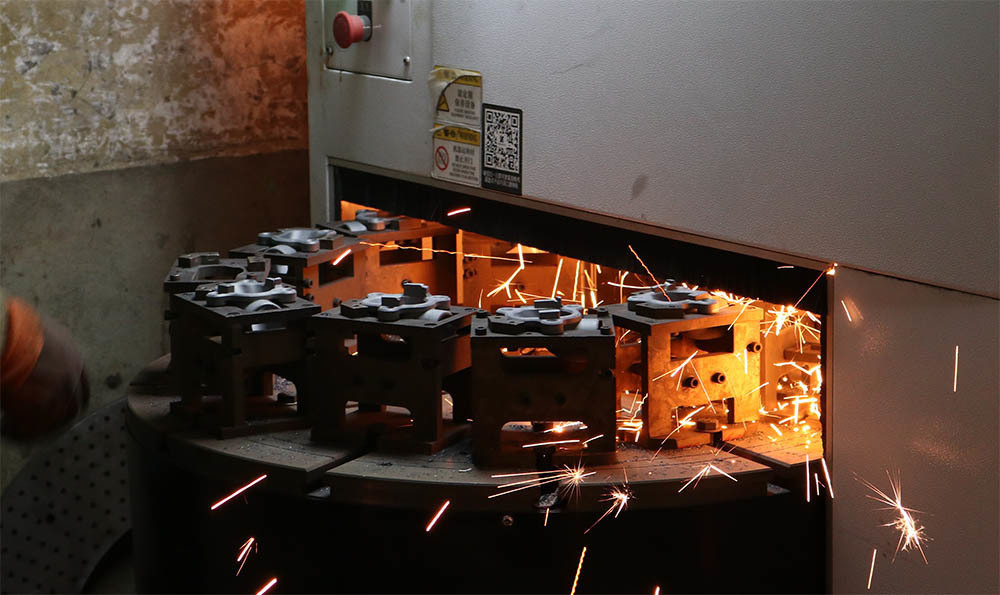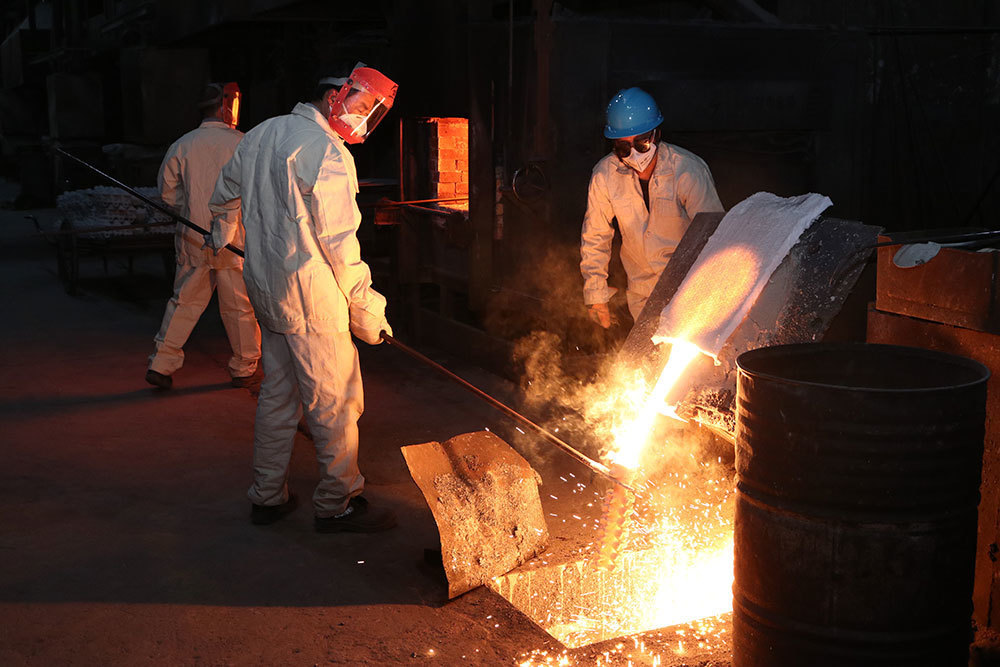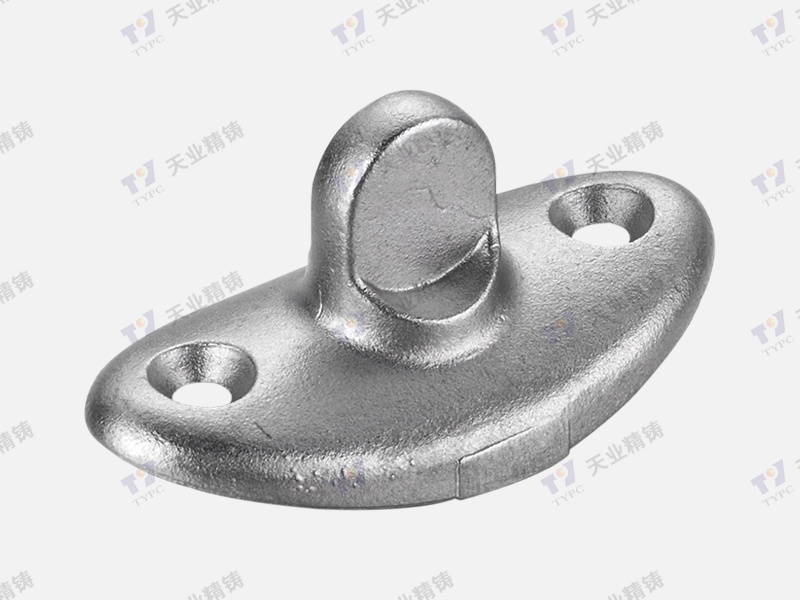2025-05-24
Understanding Automotive Investment Casting: A Key Process in Industrial Equipment
Automotive investment casting, also known as lost-wax casting, is a manufacturing process widely adopted in the automotive industry to produce intricate components with superior dimensional accuracy. This technique begins with creating a wax pattern of the desired part, which is then coated with a ceramic shell. Once the shell hardens, the wax is melted and drained away, leaving a hollow mold. Molten metal is subsequently poured into this mold, allowing it to solidify into the final part.
One of the most significant advantages of automotive investment casting is its ability to produce complex geometries. This is particularly beneficial in the automotive sector, where components such as engine blocks, transmission housings, and other intricate parts require both durability and precision. The fine detail achievable through this method often eliminates the need for additional machining processes, thus streamlining production and reducing manufacturing time.
Another advantage is the material versatility inherent in automotive investment casting. Various metals, including aluminum, steel, and alloys, can be utilized, enabling manufacturers to select the optimal material for mechanical properties, weight considerations, and cost efficiency. This flexibility allows businesses to tailor components to meet specific performance requirements, which is essential in the competitive automotive market.
In addition to design flexibility and material options, automotive investment casting offers significant improvements in surface finish. Parts produced through this technique typically exhibit a smooth surface, reducing the need for secondary finishing operations. This characteristic not only enhances appearance but also contributes to improved performance, particularly in applications where aerodynamics and friction reduction are critical.
However, it is essential for companies considering automotive investment casting to be aware of certain technical considerations. The initial investment in tooling and mold creation can be substantial, necessitating careful planning and forecasting to ensure return on investment. Furthermore, the process requires a high degree of expertise and quality control to minimize defects and ensure the integrity of the final product.
In conclusion, automotive investment casting represents a pivotal process in the production of high-quality industrial components within the automotive industry. By offering a unique combination of design flexibility, material versatility, and superior surface finish, it enables manufacturers to meet the evolving demands of the market. As the automotive sector continues to innovate, investment casting remains a vital technique for achieving precision and performance in component manufacturing.
One of the most significant advantages of automotive investment casting is its ability to produce complex geometries. This is particularly beneficial in the automotive sector, where components such as engine blocks, transmission housings, and other intricate parts require both durability and precision. The fine detail achievable through this method often eliminates the need for additional machining processes, thus streamlining production and reducing manufacturing time.
Another advantage is the material versatility inherent in automotive investment casting. Various metals, including aluminum, steel, and alloys, can be utilized, enabling manufacturers to select the optimal material for mechanical properties, weight considerations, and cost efficiency. This flexibility allows businesses to tailor components to meet specific performance requirements, which is essential in the competitive automotive market.
In addition to design flexibility and material options, automotive investment casting offers significant improvements in surface finish. Parts produced through this technique typically exhibit a smooth surface, reducing the need for secondary finishing operations. This characteristic not only enhances appearance but also contributes to improved performance, particularly in applications where aerodynamics and friction reduction are critical.
However, it is essential for companies considering automotive investment casting to be aware of certain technical considerations. The initial investment in tooling and mold creation can be substantial, necessitating careful planning and forecasting to ensure return on investment. Furthermore, the process requires a high degree of expertise and quality control to minimize defects and ensure the integrity of the final product.
In conclusion, automotive investment casting represents a pivotal process in the production of high-quality industrial components within the automotive industry. By offering a unique combination of design flexibility, material versatility, and superior surface finish, it enables manufacturers to meet the evolving demands of the market. As the automotive sector continues to innovate, investment casting remains a vital technique for achieving precision and performance in component manufacturing.









